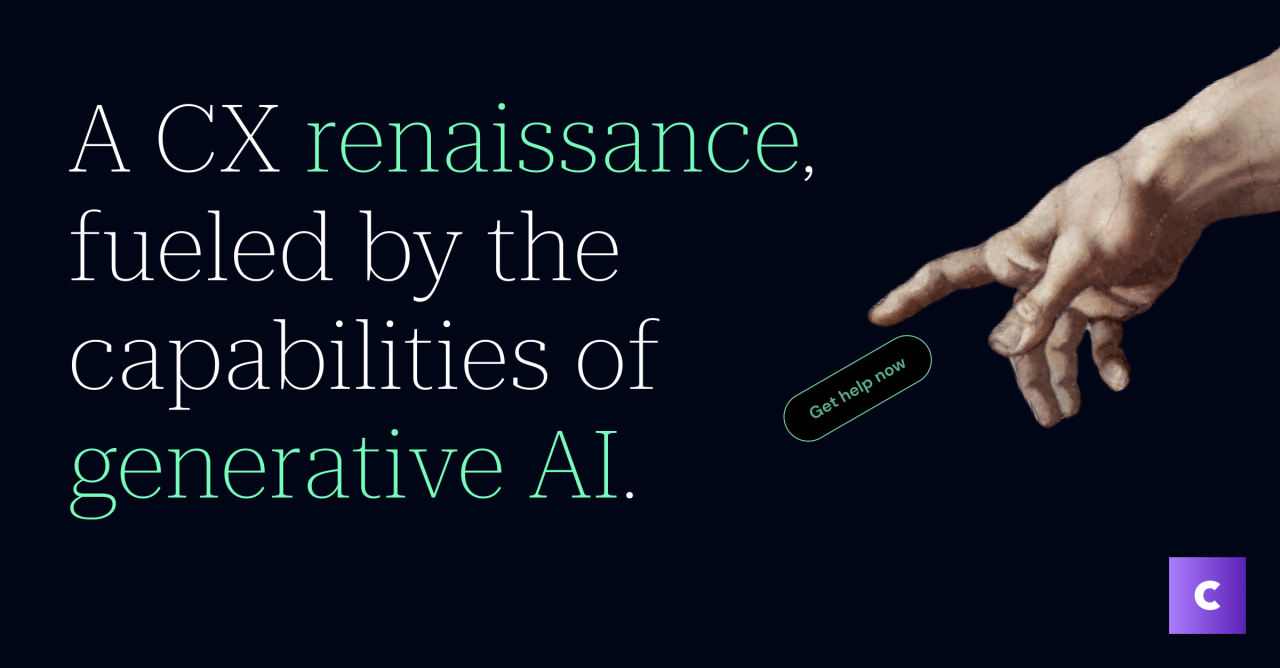- Date
- Published on
Rethinking the BPO Contract Structure for Generative AI
- Authors

- Name
- Crescendo
Customer service isn't about how long it takes — it’s how well we solve problems. Let’s embrace contracts that transform CX into a competitive advantage.

Are you a clock watcher, or a results watcher? For most businesses, touting a focus on quality output over timesheets is almost a cliché. And yet... ...in the vast world of customer service outsourcing (BPO), the emphasis remains squarely on time and effort. Quality safeguards might exist, but the core of most contracts is still cost per hour of labor. Frankly, this outdated model stifles innovation and holds back the true potential of customer experience (CX). It’s time for us to revisit this old problem.
Why CX outsourcing works
If the benefits of a shift are clear, why hasn't it happened yet? Let's rewind a bit. Here’s why businesses outsource CX in the first place. Usually, it's about scaling up, tapping into expertise, maybe saving some money. It's that classic strategy to focus on what you do best, and delegate the rest. Critics might say outsourcing creates distance between a company and its customers. But take a closer look at most in-house CX operations, and you'll find plenty of repetitive, non-strategic tasks. A customer rep changing an address, or checking on a return — that's hardly the core of what drives business growth.
So let’s give credit where credit is due: customer service BPO vendors offer unmatched scale and process efficiency. The financial structure of their contracts incentivizes excellence in hiring, training, and scheduling labor. This focus makes them formidable players. It's no surprise that Gartner reports 77% of businesses tap into outsourcing for elements of their customer service – the results speak for themselves.
Outsourcing contract models don’t add up
But now generative AI has entered the room. With it, we’re seeing a seismic shift in the balance between labor and automation, with the potential to make CX a new source of business intelligence. The industry is buzzing, and for good reason. Unfortunately, traditional contracts between businesses and BPOs aren't built for this new reality. BPOs often lack the incentive to embrace tools that shorten handle times or reduce volume. And businesses may not have the on-the-ground expertise to effectively design and test AI solutions. Let's return to our core question: outcomes versus labor. The solution is obvious, but it still demands a radical shift in the mindset behind customer service BPO contracts. We have to move away from models based solely on time and labor, and towards outcome-driven agreements. This means both businesses and BPOs will have to make a concerted effort to quantify the link between customer experience and key business metrics. Here’s an example or two. For T-Mobile, what would be the monthly value of exceptional CX per subscriber? Or for Best Buy, how would high-quality CX impact the price point attainable for a home theater system? If you can establish these values, you can harness the full potential of innovation by aligning CX delivery to business outcomes. This will set the stage for a renaissance in customer experience.
Our vision of a CX renaissance
At Crescendo, our c7o.ai platform establishes a clear baseline by meticulously measuring the quality of every CX interaction. With outcome-based incentives, we can unleash AI-powered automation with the goal of improving customer experience. Along the way, we’ve also discovered that cost savings is just the beginning of the return on investment. We’ve seen examples of how the speed and quality of generative AI actually improves customer satisfaction — and even empathy. We know that AI can reduce cost and elevate the quality of customer experience across the board. This conviction drives Crescendo. We’re excited about what the future will bring (and we think it’s going to look a lot better than a timecard).